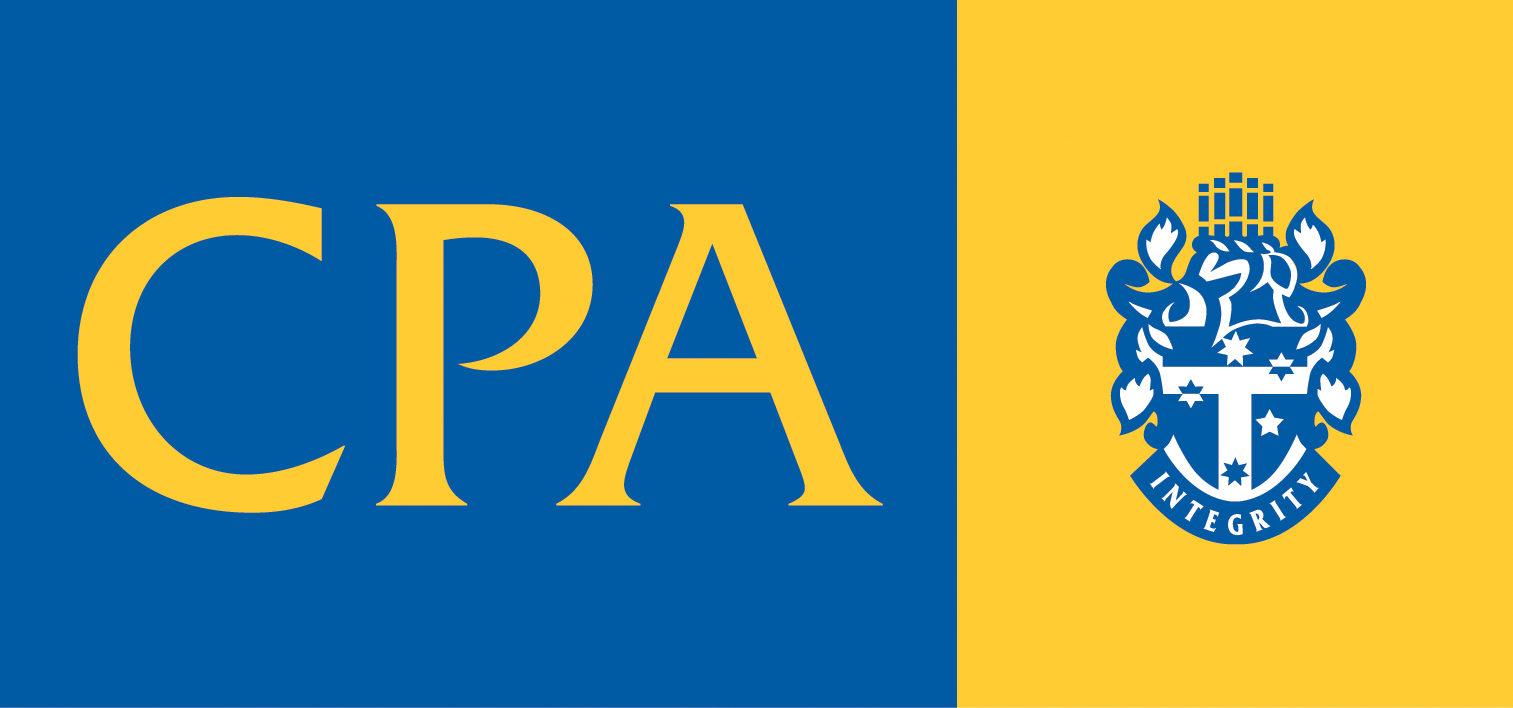The Pandemic Productivity Gap
A recent article published in the Harvard Business Review by Bain & Co suggests that the pandemic has widened the productivity gap between top performing companies and others stating, "Some have remained remarkably productive during the Covid-era, capitalizing on the latest technology to collaborate effectively and efficiently. Most, however, are less productive now than they were 12 months ago. The key difference between the best and the rest is how successful they were at managing the scarce time, talent, and energy of their workforces before Covid-19."
Atlassian data scientists also crunched the numbers on the intensity and length of work days of software users during the pandemic. The results found that workdays were longer with a general inability to separate work and home life, and workers were working longer hours (predominantly because during lockdowns, there is no set start and end of the workday routine). Interestingly, the average length of a day for Australian workers is shorter than our international peers by up to an hour pre pandemic. Australia's average working day is around 6.8 active hours whereas the US is close to 7.2.
However, working longer does not mean working more productively. Atlassian's research shows that while the length of the working day increased and the intensity of work increased earlier and later in the day, intensity during "normal" hours generally decreased.
So, how do we measure productivity? Bain & Co suggests:
- The best companies have minimised wasted time and kept employees focused; the rest have not. Those that were able to collaborate effectively with team members and customers pre pandemic fared the best. Poor collaboration and inefficient work practices reduce productivity.
- The best have capitalised on changing work patterns to access difference-making talent (they acquire, develop, team, and lead scarce, difference-making talent).
- The best have found ways to engage and inspire their employees. Research shows an engaged employee is 45% more productive than one that is merely a satisfied worker.
The productivity gap was always there. The pandemic merely brought the gap into stark contrast.








